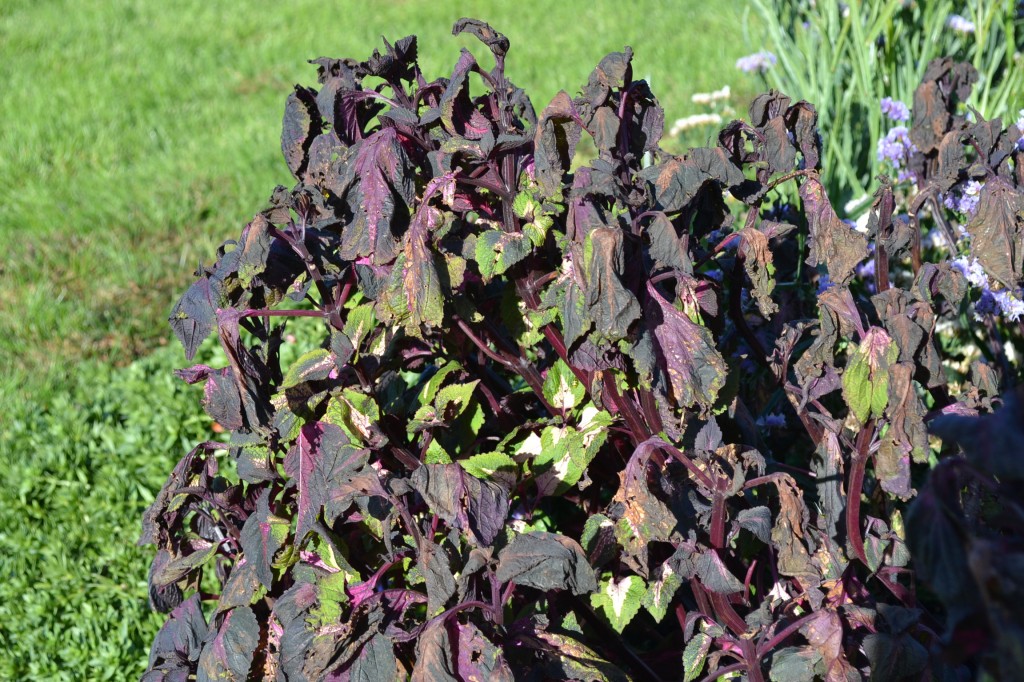In eastern Iowa we experienced our first frost of the fall season. With the on set of the first frost, winter shouldn’t be too far away. The first frost of the season comes several weeks sooner than in previous years. If you remember our spring started up about a month ahead of schedule this year. Pretty much every seasonal turning point is several weeks advanced from previous years. Insects and summer high temperatures were also ahead of schedule this year. Leaves started turning several weeks ago, which is the earliest that I can remember. What does the onset of the first fall mean for you?
What the first frost means.
Depending on the severity of the frost in your area, you might have some of your plant material starting to wilt. If you wanted to get a few extra weeks out of your annual plants and made sure that they were covered, then you should be fine. For those of you that didn’t cover up your plants, you probably have a few that are not looking so hot. The first frost will not kill out every plant, only those that are the most susceptible to the frost. Your hearty flowers such as mums should have weathered the first frost just fine.
Frost is harmful to some plant material, because it causes weaker varieties of plants to freeze. When the liquid in the plants freezes, it expands. The expansion of ice with-in the plant can damage the cell wall. In the liquid form, the cells have adequate room. When the liquid is turned into a solid (ice), the solid expands larger than the area that it was intended for. When the cell wall ruptures (due to the ice), it creates a passage for moisture to escape. When the ice thaws and turns back into a liquid form, the draining of the liquid causes the plant to dehydrate. When your soil freezes, it reduces your plant’s ability to extract nutrients from the soil.


